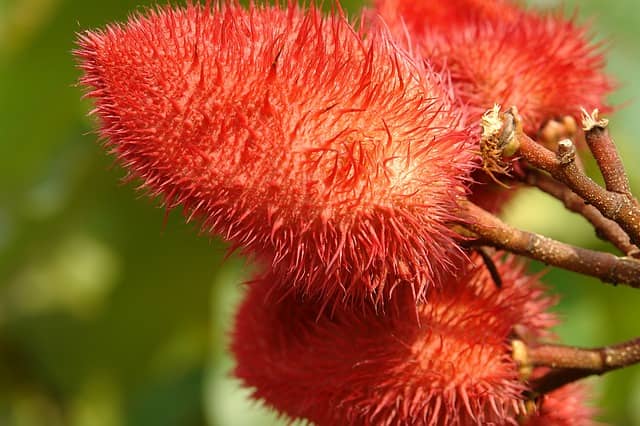Achiote: A Vibrant Spice for Flavor and Color
Discover the versatile and flavorful spice of achiote! Learn about its cultural history, health benefits, culinary uses, and more. Find out why achiote is an essential ingredient in many traditional Mexican dishes and how you can incorporate it into your cooking.





